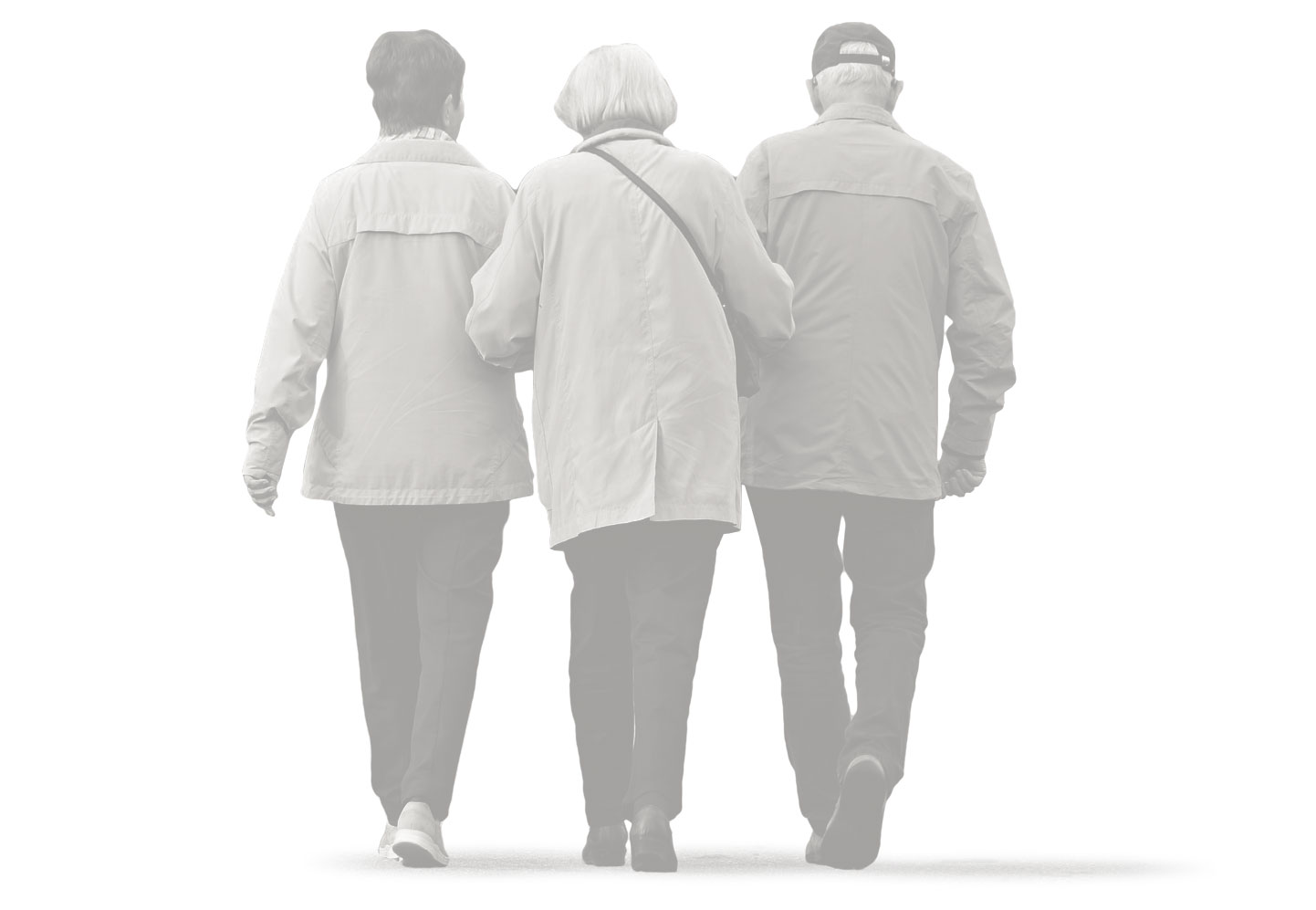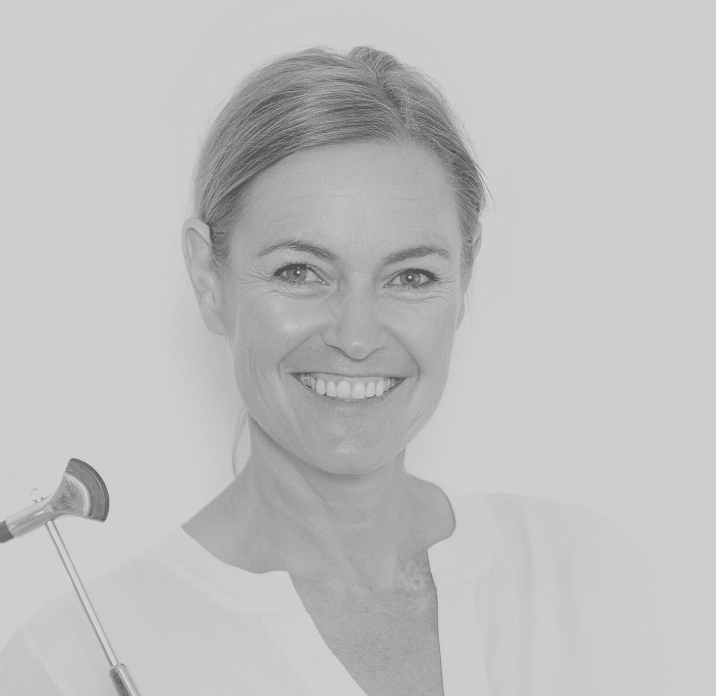Machen Sie einen neuen Anfang!
Neurorehabilitation nach Schlaganfall & bei Multipler Sklerose
recoveriX hilft dem Gehirn dabei, sich selbst neu zu vernetzen, um motorische Funktionen wieder zu erlernen.
Finden Sie recoveriX in Ihrem Land

Wenn durch Schlaganfall, Multiple Sklerose oder Schädel-Hirn-Trauma die Bewegungsfähigkeit beeinträchtigt wurde, geht diese nicht zwangsläufig verloren! Aus diesem Grund hat g.tec medical engineering „recoveriX “ entwickelt, ein einzigartiger Rehabilitationsansatz, der auf einer Gehirn-Computer-Schnittstellen Technologie basiert und dem Gehirn dabei hilft, sich neu zu vernetzen.
Während recoveriX die Aufgabe stellt, sich eine Hand- oder Fußbewegung vorzustellen, liefert es durch Muskelstimulation und visuelle Simulation Feedback in Echtzeit. Dieser Prozess induziert Neuroplastizität im Gehirn, und hilft verlorene motorische Funktionen neu zu erlernen.


recoveriX hilft Schlaganfall- oder Multiple-Sklerose-Patienten, Schmerzen, Spastik und Tremor zu lindern, was zu weiteren Verbesserungen der motorischen Funktionen, der Konzentration, der passiven Gelenkbewegungen, der Sensibilität, der Blasenkontrolle, der Sexualfunktion, des Gleichgewichts, des Gangs und des Taubheitsgefühls im Gesicht, am Körper oder in den Extremitäten führt. Besonders auffällig ist, dass die Patienten weniger Müdigkeit und weniger Fußsteifheit oder Fußheberschwäche verspüren.
recoveriX ergänzt die Physio- und Ergotherapie um die Chance auf eine schnellere und erfolgreichere Genesung. Es kann im akuten, subakuten oder chronischen Zustand eingesetzt werden – sogar 10, 20 oder 30 Jahre nach der MS-Diagnose oder dem Schlaganfall!
In einem Interview spricht Dr. Tim von Oertzen, ein renommierter Neurologe über die Vorteile der recoveriX-Neurorehabilitation für Schlaganfall- und MS-Patienten. Er betonte das Potenzial von recoveriX, die oberen und unteren Extremitäten von Menschen mit Beeinträchtigungen zu trainieren, und verwies auf deutliche Verbesserungen der Fortbewegung, des Gangs, des Gleichgewichts und der Bewegungskontrolle, die er aus erster Hand erfahren konnte.

Die recoveriX Therapie ist genial, weil sie den herkömmlichen therapeutischen Ablauf von Diagnose, Therapie und Re-Diagnose automatisch macht. Die Reaktion des recoveriX Systems orientiert sich immer an der Konzentrationsleistung des Patienten und ermöglicht neuronales Lernen durch präzises Biofeedback. Das ist sehr clever und für den Therapeuten einfach zu bedienen.
Gerlinde Percht Physiotherapist & Business Owner
Eine neurologische Störung kann Ihre Bewegungsfähigkeit beeinträchtigen, aber möglicherweise nicht Ihre Fähigkeit, sich Bewegung vorzustellen! Stellen Sie sich eine Hand- oder Fußbewegung vor – die Vorstellung löst im Gehirn nahezu die gleiche Aktivität aus wie eine echte Hand- oder Fußbewegung. Genau das nutzt „recoveriX“ für Ihre Therapie! Mit drei unterschiedlichen Arten des Neurofeedbacks verbessert recoveriX Ihre Chancen auf eine erfolgreiche Therapie.

Stellen Sie sich eine Hand- oder Fußbewegung vor. recoveriX misst und analysiert Gehirnwellen, die die motorischen Vorstellungen widerspiegeln und bestimmt, ob die motorischen Vorstellungen korrekt waren.
Sobald motorische Bilder erkannt wurden, werden virtuelle Realität und funktionelle Elektrostimulation aktiviert.
Im Gegensatz zur herkömmlichen Physiotherapie garantiert die BCI, dass tatsächliche Bewegungen nur dann stattfinden, wenn sich der Mensch die entsprechende Vorstellung vorstellt Bewegung.

Die Simulation auf dem Bildschirm macht motorische Bilder sichtbar. Patienten sitzen vor einem Bildschirm und sehen Hände und Füße eines Avatars. Dies gibt den Patienten das Gefühl, ihre eigenen Bewegungen vor einem Spiegel zu beobachten.
Wenn recoveriX motorische Bilder der Bewegung erkennt (z. B. eine Bewegung der rechten Hand), bewegt der Avatar die rechte Hand.

Für diese Stimulation werden beispielsweise zwei Elektroden an den Dorsalflexoren des Handgelenks oder am Bein angebracht. Erkennt das System ein korrektes motorisches Bild, werden die Muskeln elektrisch stimuliert, was zu einer echten Bewegung führt.
Dies soll Ihnen dabei helfen, wieder zu lernen, wie man Bewegungen initiiert und so Bewegung wieder möglich macht.
Der Patient ist motiviert, weil ihn das Erlebnis immer wieder an das gewünschte Ziel erinnert: sich wieder bewegen zu können.
recoveriX integriert kognitive Aufgaben mit Bewegungsübungen, was die Erfolgsaussichten der Therapie nicht nur für Schlaganfallpatienten, sondern auch für Patienten mit Multipler Sklerose erhöht.

Spiegelneuronen werden aktiviert, wenn eine Person das gleiche Verhalten bei einer anderen Person beobachtet.
Wenn recoveriX in den EEG-Signalen des Patienten die mentale Bewegungsvorstellung erkennt, beispielsweise die Bewegung der rechten Hand, simuliert der virtuelle Avatar auf dem Bildschirm die entsprechende Bewegung in Echtzeit. Dieses visuelle Feedback ähnelt der Spiegelneuronentherapie.

recoveriX ermutigt den Patienten, motorische Vorstellungen beider Körperseiten zu üben, z.B. der betroffene rechte Fuß oder die linke Hand. Dieser Ansatz soll die Aktivierung beider Gehirnhälften unterstützen.
Durch die Stimulation beider Gehirnhälften wird die Bewegungskoordination verbessert und die Fein- und Grobmotorik der beeinträchtigten Seite gesteigert.

Durch die Vorstellung der Bewegung steuert der Patient den Avatar und kann durch Elektrostimulation eine tatsächliche Bewegung auslösen. Bei korrekter Durchführung wird die Hand oder der Fuß angehoben und der Patient kann einen kleinen virtuellen Ball berühren.
Durch die wiederholte Aktivierung der Bewegung werden neue neuronale Verbindungen in gesunden Bereichen des Gehirns gefördert, die letztendlich die Muskelbewegungen richtig steuern.
Bei der recoveriX-Therapie wird die gesunde Extremität dazu gezwungen, die geschädigte Extremität zu stimulieren. Patienten müssen sich die Bewegungen sowohl der gesunden als auch der beeinträchtigten Seite immer wieder vorstellen.
Diese Methode fördert die Koordination zwischen den beiden Hemisphären und kann dazu beitragen, Spastiken zu reduzieren und die Temperaturregulierung zu normalisieren.

recoveriX hat meine Tage wieder lebenswert gemacht. Seit der Therapie haben sich meine motorischen Funktionen in der rechten Hand stark verbessert. Ich habe gelernt, meine Hand wieder zu bewegen und zu kontrollieren, und ich habe sogar meinen Job als Friseurin zurückbekommen. Ich hätte nie gedacht, dass dies möglich sein könnte. Mein Arm und meine Hand gehören jetzt wieder zu meinem Körper.
Astrid Brandstaetter Ehemaliger recoveriX Patient, Österreich
Mit recoveriX at Home, einer neuen App von g.tec Medizintechnik, können Sie motorische Bildgebungsübungen zu Hause durchführen. Die App wurde für recoveriX-Patienten entwickelt, die ihr Rehabilitationsprogramm in ihrem eigenen Tempo und bequem fortsetzen möchten.
Laden Sie recoveriX at Home noch heute herunter und entdecken Sie, wie Motor Imagery Ihnen helfen kann, Ihre Mobilität und Unabhängigkeit wiederzuerlangen.
Sie sehen gerade einen Platzhalterinhalt von X. Um auf den eigentlichen Inhalt zuzugreifen, klicken Sie auf die Schaltfläche unten. Bitte beachten Sie, dass dabei Daten an Drittanbieter weitergegeben werden.
Mehr Informationen